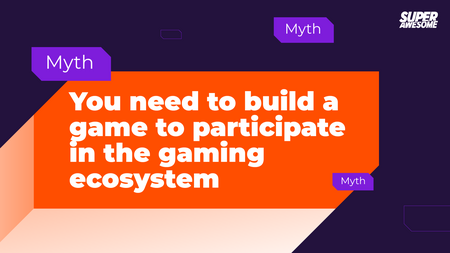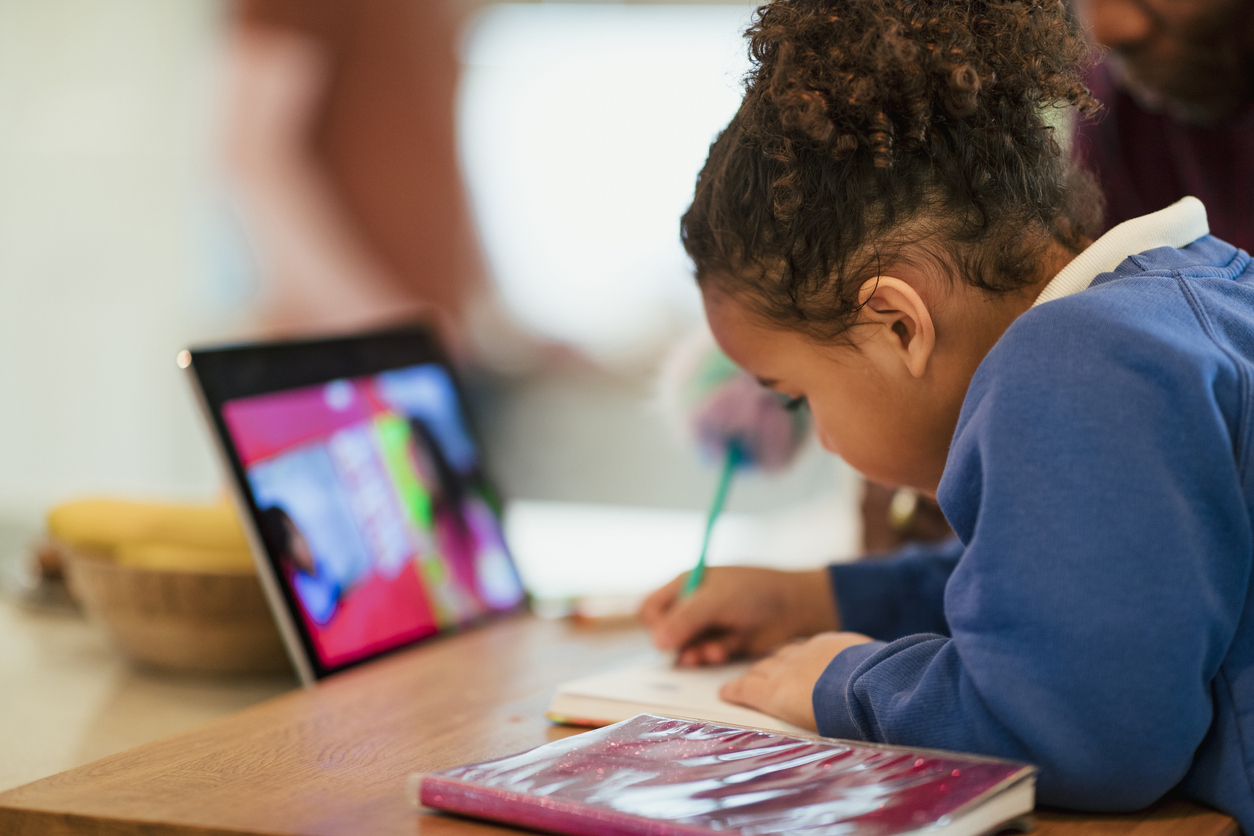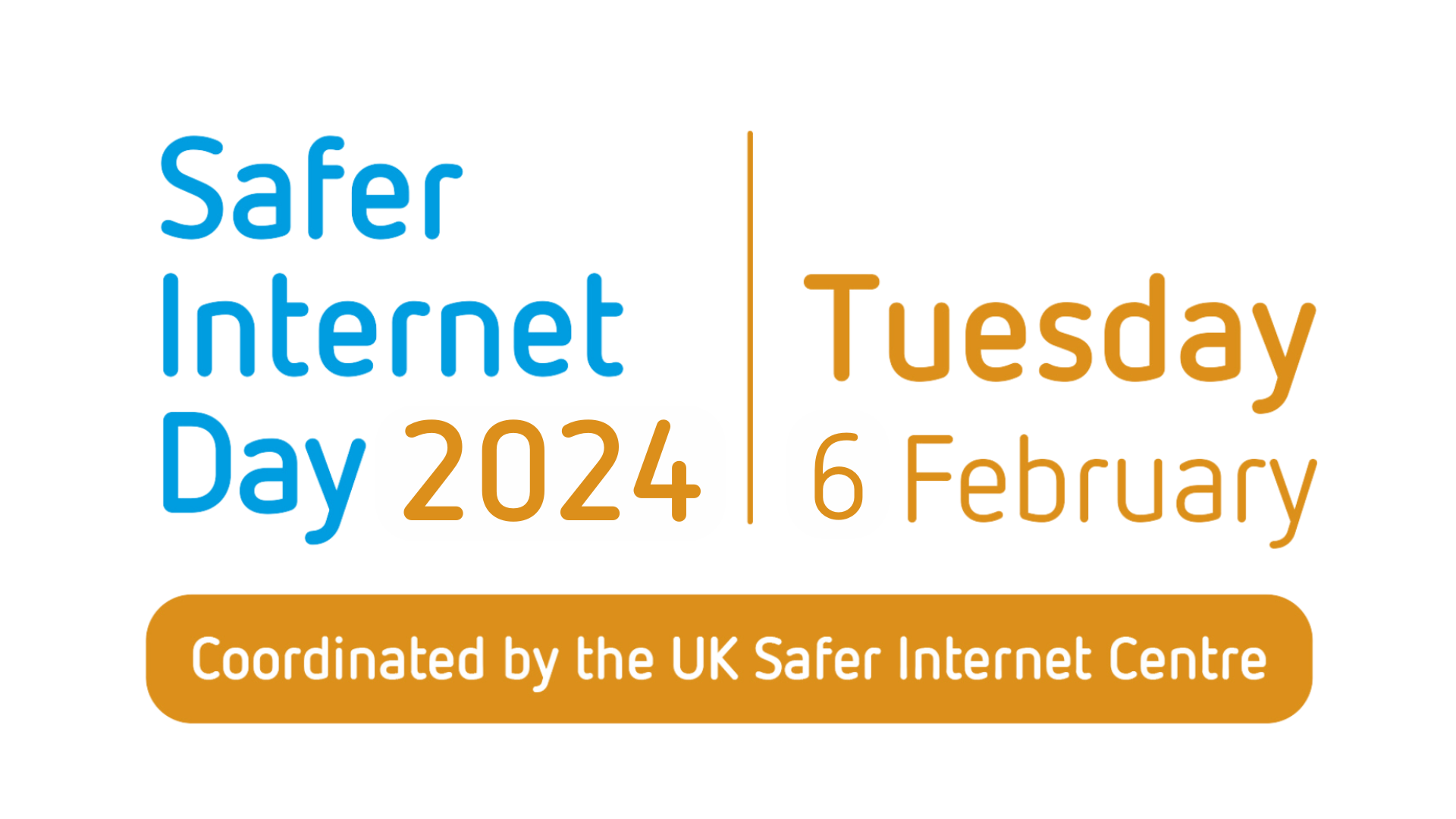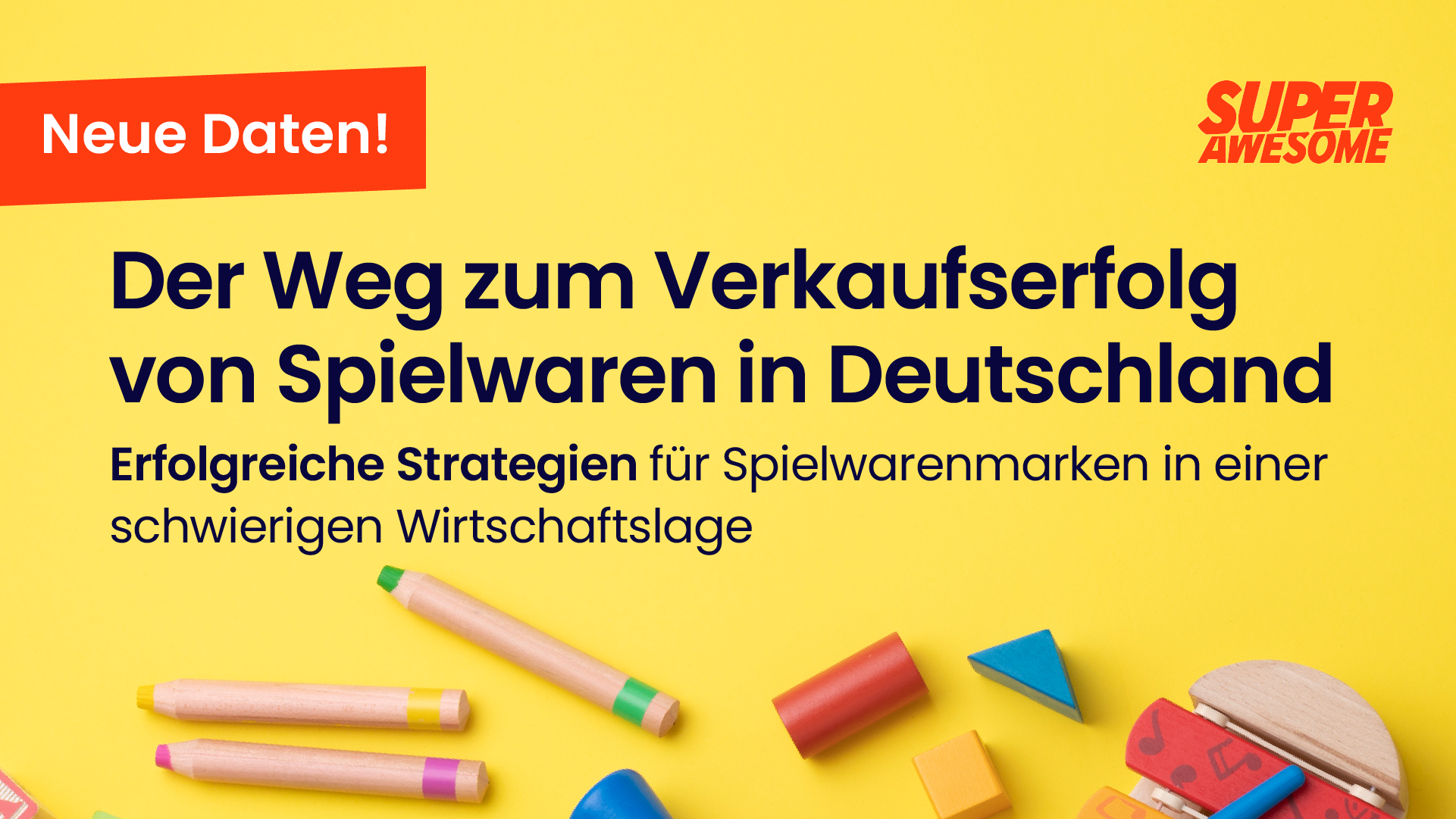Gaming is the #1 activity among young audiences today, outranking live TV and streaming. This shift has made entering the gaming ecosystem crucial for brands to stay relevant with kids and Young Teens.
Young audiences participate in gaming across a range of platforms, meaning that there are many points of entry to the gaming ecosystem, including:
- Working with influencers: Leveraging kid-safe gaming influencers on social platforms like TikTok, PopJam, or YouTube to connect your brand to relevant audiences at scale.
- Engaging with gaming communities: Promoting your brand content directly to gamers on community platforms such as PopJam or Discord (for ages 13 and up).
- Integrating with an existing game: Connecting with established audiences by incorporating your brand into today’s top games.
- Building a game: Using the tools inside existing gaming platforms to create branded experiences.
SuperAwesome’s report, How brands can enter the youth gaming ecosystem, outlines how to reach young audiences with a gaming integration strategy. This approach provides brands with a range of highly engaging ways to connect with under-16s without deploying huge resources.
Read our overview of the three types of game integrations below, then download the full report for your free guide to safely reaching young audiences through game integrations.

Game integrations: 3 approaches to effectively reach youth gaming audiences
Dynamic in-game advertisements
In-game ads enable you to reach your target audience naturally and organically. For example, an in-game billboard adds realism to a digital environment, while simultaneously building positive brand affinities with audiences playing their favorite games.
The benefit of in-game ads is that they are a low-touch, high-impact approach to reaching kids and Young Teens in gaming environments. You can embed your brand in specific games or make use of today’s gaming ecosystem by integrating across multiple games and platforms.
Branded characters and virtual branded goods
You can place your brand at the forefront of a game without disrupting gameplay by using branded characters. To accomplish this, you can allow players to give characters new skins or alter how buildings look to have your brand visible in multiple parts of the game’s world.
For brands with strong existing characters and assets, this strategy can maximize IP while minimizing development time. A campaign featuring branded characters and virtual goods would ideally run for approximately six weeks to achieve optimal results.
An integration with in-game features is well suited for adventure and role-playing games, as they align with industry verticals such as toys, entertainment, and retail.
Bespoke branded gameplay mechanics
Developing bespoke branded gameplay experiences requires the most effort and resources of the game integrations listed here. However, a good relationship with a game’s developer will help you create an elegant integration that benefits your brand while complementing the game.
Though building new game mechanics takes a significant amount of time, it creates a clear path to brand loyalty for young audiences. Integrated mechanics such as branded quests, challenges, and mini-games enable kids and Young Teens to play games they already enjoy with the best elements of your brand pre-built into the experience.
How to implement a game integration that’s right for your brand
Looking to learn more about safely reaching young audiences through gaming integrations? Our free report, How brands can enter the youth gaming ecosystem, acts as a guide to leveraging game integrations to easily and safely engage with the under-18 audience. Download it now to learn how you can execute an effective youth gaming strategy.







